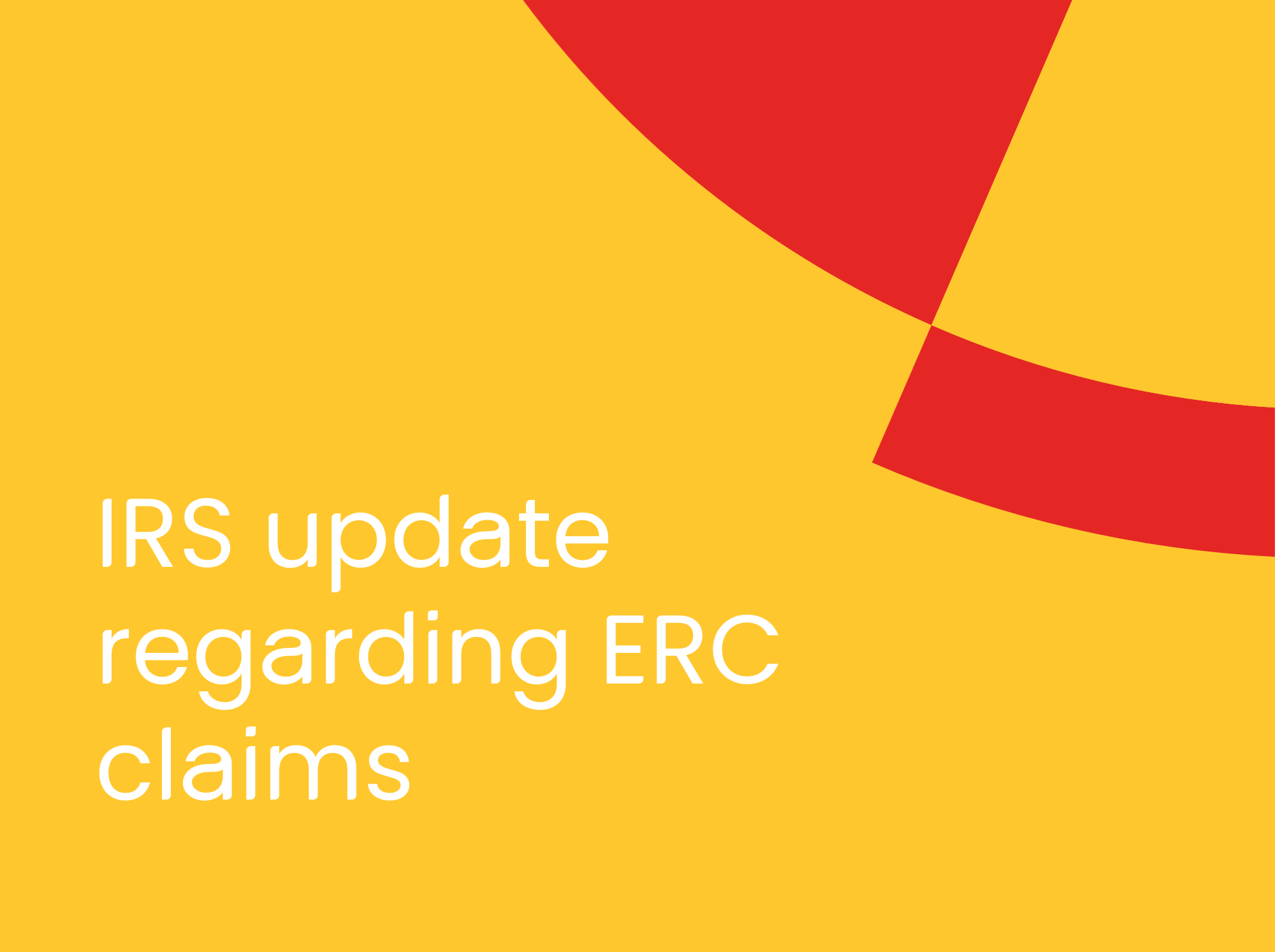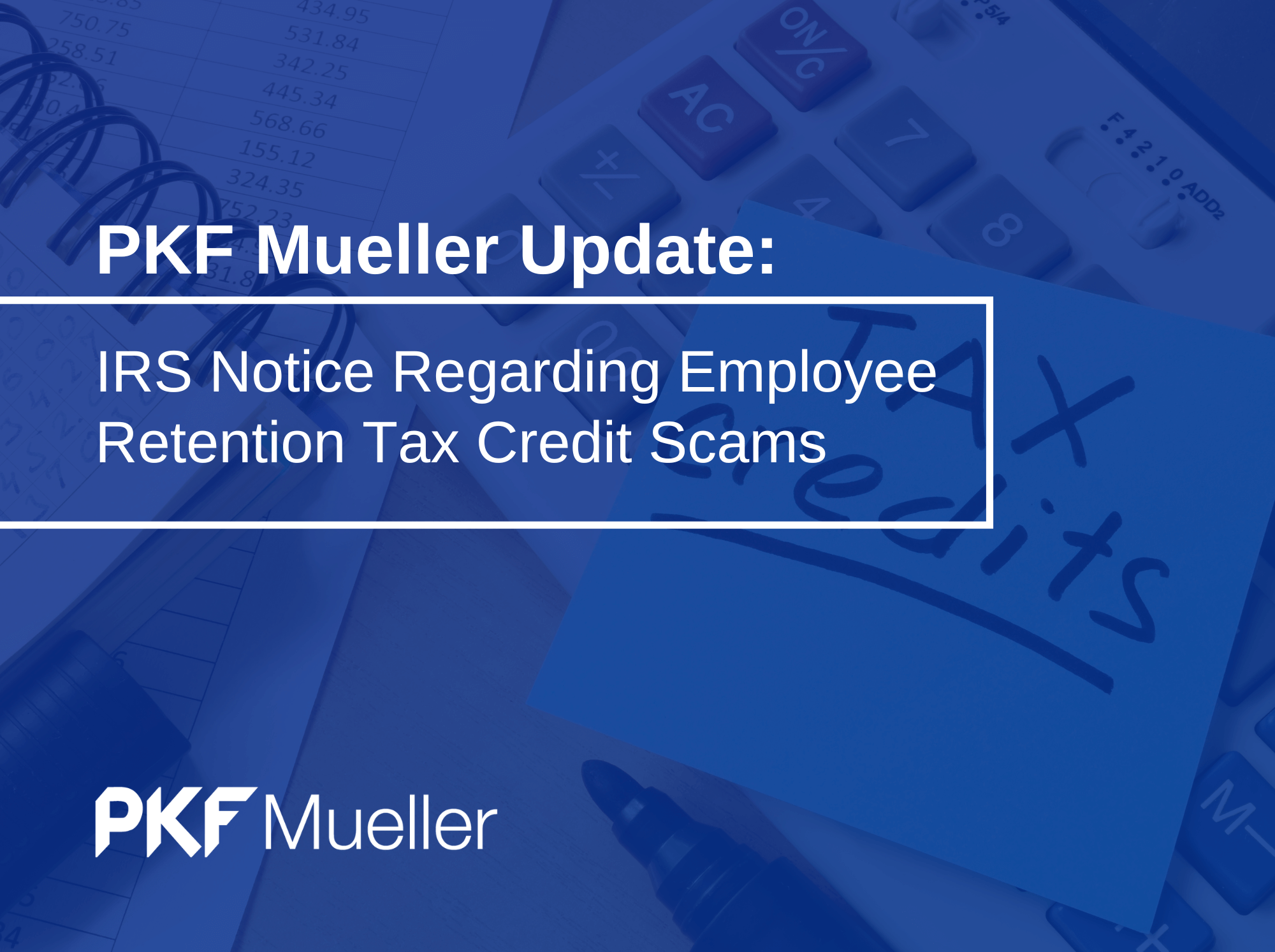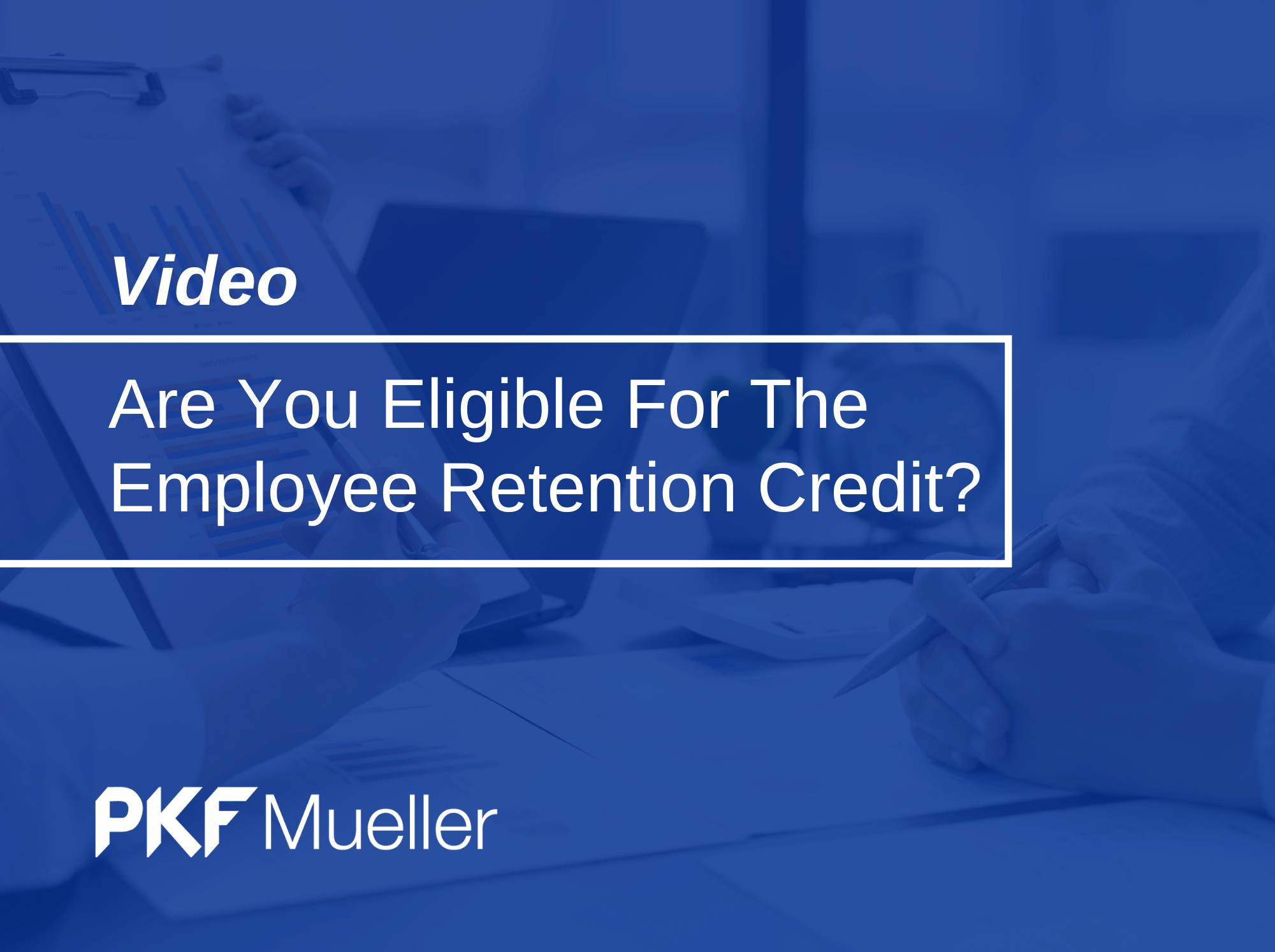On August 10th, 2020, Paycheck Protection Program (PPP) forgiveness application portals at many banks across the country started to go live. Many PPP recipients have rushed to their accountants and lenders eager to apply for forgiveness as soon as possible. Here is what you should know about how and when you should apply.
First and foremost, there are two forgiveness application forms available to borrowers. One is Form 3508, and the other is Form 3508EZ. The EZ form, as it implies, is easier to complete than its counterpart but requires you to make certain certifications in order to qualify.
To qualify for the EZ form, you must not have reduced annual or hourly wages of any employee by 25% or more and must not have reduced the number of employees from January 1st through the end of your covered period. The EZ form is also open to those organizations that did not reduce wages and were shut down due to a governmental order. Additionally, self-employed individuals, independent contractors, or sole proprietors who had no employees are permitted to use the EZ form. If you can use the EZ form, this is great news, but remember you need to retain support for all certifications made by you in your file.
You may be asking, “My 24-week covered period is not fully complete, can and should I apply?” The answer to the first question is, yes, you can apply prior to your 24-week covered period end date if you have exhausted your PPP funds on allowable expenses. Now, should you? The answer to this question is not the same for everyone and depends on your specific circumstances.
Based on our initial assessments, a 24-week window provides the largest buffer against any decrease in full-time equivalent (FTE) employees. The reason for this is simple math. When calculating a reduction, total payroll for the period is reduced, but this reduced amount is being compared against the roughly 10-weeks (2.5. months) used in the original request. An FTE reduction using an eight-week window could have a significantly different impact on the amount forgiven compared to the 24-week period.
For not-for-profit organizations, there are still many unanswered questions about how the receipt of these funds will impact current and future grants. There are also many unanswered questions surrounding ‘double-dipping’ rules and the impact these will have on forgiveness calculations. For these borrowers, time is of the essence.
So, what else could change now that the forgiveness process is open and operational? As we have seen since the inception of this program, anything can change or require further clarification. Although there are talks on easing forgiveness for all loans, loans under $150,000 are very likely to be converted into grants and you will not have to go through the forgiveness process at all. Given the amount of resources, our government has available to process the forgiveness applications, treating the smaller loans as grants would relieve a large administrative burden for all interested parties. It is recommended to wait to apply for forgiveness if your loan is under this threshold.
If you are utilizing Research and Development (R&D) tax credits, there are additional considerations and we recommend talking to your tax professional. For example, it may be beneficial to maximize your non-payroll costs as you will not be able to use the same payroll costs for both the credit and PPP.
To better explore your options, the best approach is to set up a call with us to discuss your specific circumstances. Then, we can develop a plan that fits you best.
We are looking forward to continuing to assist you through this process.
David J. Nissen, CPA/ABV,CVA
CEO/Partner
Mueller
dnissen@muellercpa.com
(630) 524-5274
Scott Anderson, CPA
COVID-19 Response Team Lead
Mueller
sanderson@muellercpa.com
(630) 524-5259
Chris Gent, CPA, CISA
COVID-19 Response Team Lead
Mueller
cgent@muellercpa.com
(847) 649-8839



